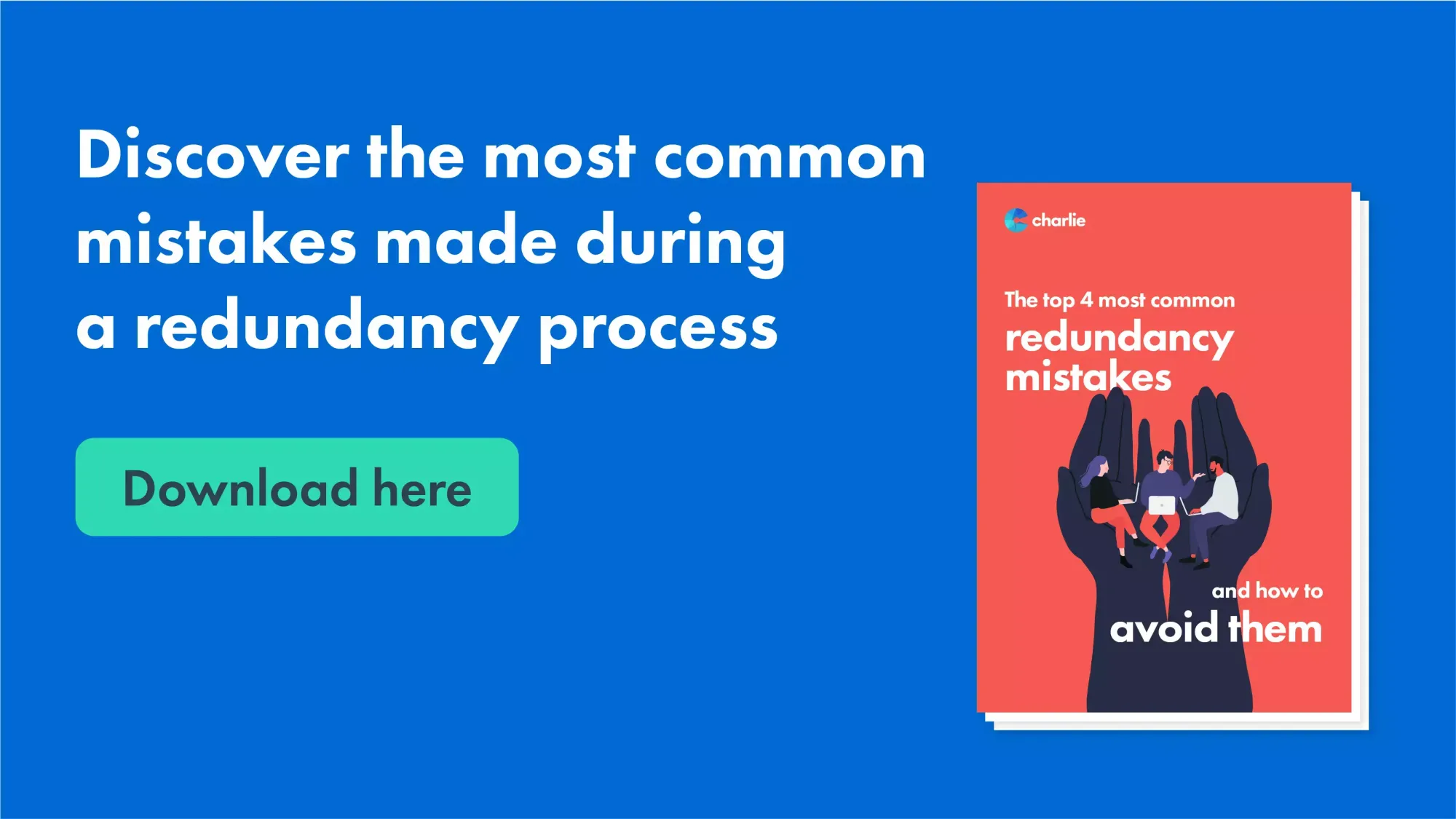Who Pays Redundancy Money? Understanding Employer Duties in the UK
Wiki Article
Examining the Interplay Between Firm Redundancy and Organizational Versatility for Future Growth
In the dynamic landscape of today's business globe, the intricate connection in between business redundancy and organizational adaptability emerges as a crucial element for continual development and success. Companies usually deal with the challenge of striking a fragile balance in between maintaining a degree of redundancy to alleviate risks and fostering flexibility to react quickly to the ever-evolving market demands. This fragile interplay holds the key to not just enduring in stormy times however also flourishing despite unpredictability. As we check out the multifaceted dimensions of this interaction, fascinating insights right into just how organizations navigate these intricacies to pave the means for future growth await.Value of Firm Redundancy
Company redundancy is an important component that boosts business resilience and minimizes operational dangers. By integrating redundancy procedures within the organizational structure, firms can better stand up to unpredicted disturbances and changes in business atmosphere. Redundancy functions as a tactical buffer, allowing companies to adjust and respond efficiently to unexpected difficulties without compromising essential operations.One trick aspect of the significance of firm redundancy is its duty in ensuring continuity throughout times of crisis. When confronted with unexpected modifications or emergency situations, redundant systems, resources, or personnel can action in to keep important functions and stop prevalent disruptions. This continuity not just safeguards the company's reputation and customer depend on but additionally minimizes economic losses and functional downtime.

Strategies for Business Adaptability

Creating adaptable business frameworks that permit for fast changes to market dynamics and consumer demands is important for remaining affordable in a rapidly evolving setting. By proactively identifying potential disruptions and chances, companies can proactively adapt and prosper in an ever-changing service landscape.
Balancing Redundancy and Adaptability
Achieving a harmonious stability in between operational redundancy and business flexibility is paramount in navigating the intricacies of a vibrant service atmosphere. Striking the appropriate equilibrium in between redundancy and flexibility is a fragile procedure that needs a deep understanding of the company's objectives, market dynamics, and threat tolerance.To accomplish this balance, business need to carry out regular analyses of their procedures to recognize areas where redundancy is needed for threat mitigation and where adaptability can drive innovation and development. Carrying out adaptable frameworks, fostering a culture of continuous understanding and enhancement, and motivating open communication across all degrees of the organization are essential approaches to integrate redundancy and versatility efficiently. By aligning these 2 vital elements, business can place themselves for lasting development and success in an ever-changing company landscape.
Study on Adaptation Success
In taking a look at instances of successful business adaptation, it becomes noticeable that the interplay between functional redundancy and adaptability is a defining element in forming resistant businesses. One compelling study is that of Netflix. At first a DVD rental service, Netflix showed remarkable flexibility by transitioning right into a streaming system when digitalization disrupted the market. By purposefully purchasing innovation and web content production, Netflix not just prospered however survived in a rapidly evolving market. Another standout instance is Amazon. Starting as an on-line book shop, Amazon continually adapted its organization design, broadening right into varied sectors such as cloud computing and man-made intelligence. This flexibility enabled Amazon to stay in advance of competitors and fulfill changing customer needs. Lastly, Adobe gives a noteworthy picture of effective adjustment. The company moved from selling software application licenses to a subscription-based version, making sure persisting profits streams and enhanced customer interaction. These case studies highlight the relevance of functional redundancy coupled with organizational flexibility in promoting lasting development and competition.Structure Resilience for Future Growth
Building durability for future development calls for a calculated alignment of operational procedures with market characteristics and emerging trends. Firms should adjust to altering settings by promoting a culture of versatility, innovation, and constant enhancement.Furthermore, cultivating solid connections with stakeholders, such as consumers, staff members, vendors, and the community, is crucial for preserving and weathering uncertainties count on and assistance during rough times. Efficient small business closing employee rights uk interaction and transparency play a vital duty in structure durability, as they assist help with and straighten expectations partnership in navigating uncertainties.
In addition, organizations need to focus on knowing and development efforts to upskill staff members and furnish them with the needed devices to adjust to changing scenarios. By purchasing their workforce, companies can enhance their adaptability and dexterity, eventually strengthening their durability for lasting future development.
Verdict
In the dynamic landscape of today's business world, the complex partnership between firm redundancy and business versatility arises as an important factor for sustained development and success. Business commonly encounter the difficulty of striking a delicate balance between maintaining a degree of redundancy to minimize dangers and promoting versatility to respond swiftly to the ever-evolving market demands.To accomplish this balance, companies require to perform normal evaluations of their procedures to determine locations where redundancy is necessary for risk mitigation and where flexibility can drive technology and development.In conclusion, the interplay in between company redundancy and organizational adaptability is crucial for future growth. Structure strength through a mix of redundancy and versatility will make sure that business are prepared for the obstacles of the future.
Report this wiki page